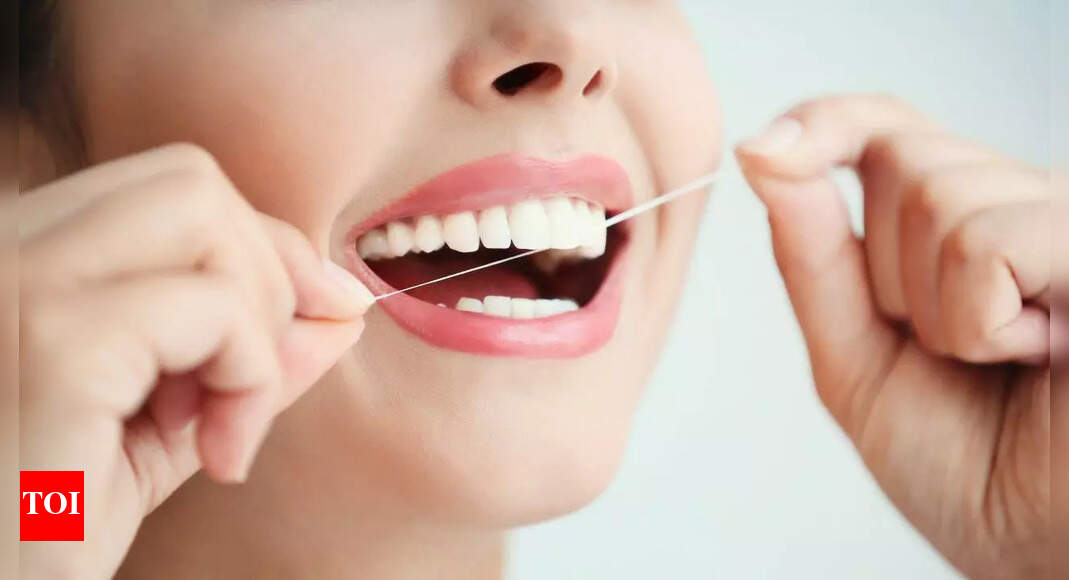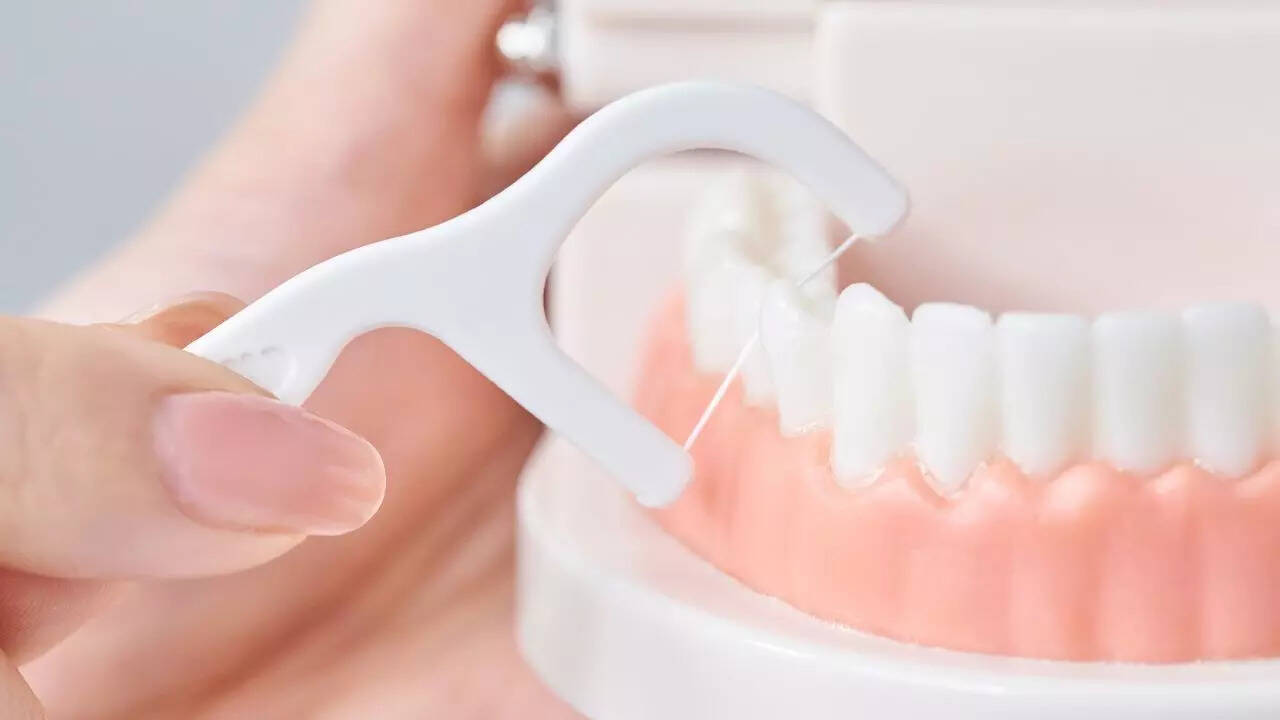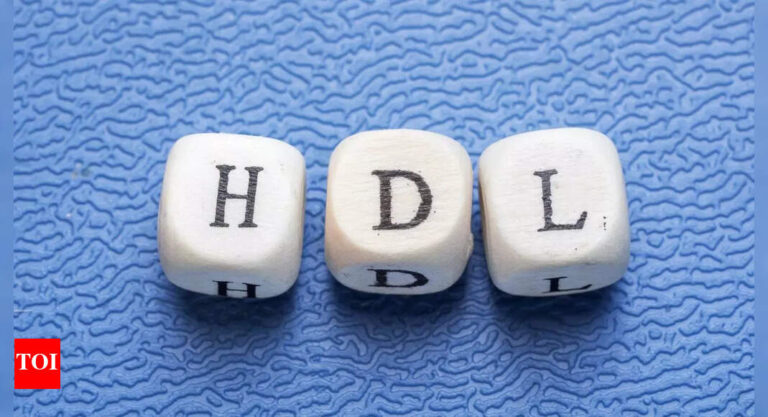
Brushing the teeth may make the smile bright, but when it comes to oral health, there’s more that needs to be done. The tiny spaces between the teeth are difficult for toothbrushes to reach, making them a space for food particles and plaque to accumulate. If left unchecked, this accumulation can cause cavities, gum disease and oral health complications. To get rid of the food particles between the teeth, many people practice flossing. On the other hand, many people avoid flossing as they feel it isn’t a safe practice. Here we decode what dentists say about flossing and tips to practice it safely.

Flossing is the practice of using a thin piece of floss to clean between the teeth and along the gums. It helps remove food particles and plaque that a toothbrush may not reach.
Is flossing safe for your teeth
A five-year long research study from NIH found that adults who flossed regularly, experienced fewer cavities, less periodontal disease, and lost fewer teeth compared to non-flossers. So, as per the NIH study, flossing is associated with improved oral health in older adults. In simple words, flossing is considered as a cornerstone for effective oral health. Dentists recognize flossing as a practice that prevents gum disease, cavities and even systemic health issues. However, it is important to note that flossing is an effective practice only when it’s done the right way. Flossing incorrectly can lead to gum irritation, abrasions, bleeding along the gum line, and if done aggressively, may even recede gums over time.
Dentist-approved tips for safe flossing
Flossing the right makes sure that gums and teeth aren’t getting negatively affected. The right practice ensures that plaque and food particles are effectively removed. Using techniques recommended by dental professionals can help prevent gum irritation, bleeding, and other potential issues caused by incorrect flossing. Here are some dentist-approved tips for safe and effective flossing.

Selection of the appropriate floss is essential for effectiveness. Many types of flosses are available and may include waxed floss, unwaxed floss or dental tape. Choose a floss that feels comfortable and easy to use. The choice often depends on the spacing of teeth and gum sensitivity.
- Use correct technique and be gentle
Gently slide the floss between teeth using a back and forth motion. Gentle pressure is enough to remove debris without harming the gums. Avoid snapping or forcing the floss, as this can cause gum injury.Use mouthwash or water to rinse the mouth. This is an important step that removes loosened plaque and food particles from the mouth.Try to add flossing in the routine once a day. The best time to floss is considered before bedtime. Overdoing it can cause more harm than good.People with braces on any other dental appliances should consult with their dentist before practicing flossing.

In conclusion, flossing is an essential practice to maintain optimal oral health. When done correctly, flossing may prevent many oral complications. Disclaimer: This article is for informational purposes only and should not be substituted for medical advice. Before starting any oral health routine, individuals must consult dental health professionals.








